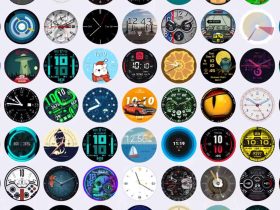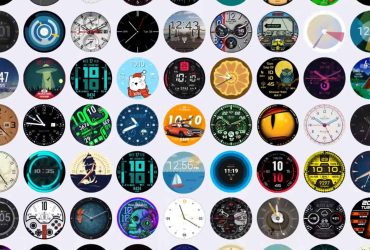India Was Supposed To Be Apple’s China Alternative — Now It’s A HeadacheApple’s Big Bet On India Is Hitting A Wall Of Tariffs, Delays, And Doubt
Apple is stepping up its efforts to shift iPhone production from China to India, but it’s hitting serious roadblocks. Chinese authorities are slowing down equipment exports and piling on tariffs, making the transition more expensive and complicated. Even if more iPhones are built in India, most components still come from East Asia — meaning Apple can’t fully escape tariffs or supply chain risks. As the global manufacturing landscape shifts, Apple faces a tough challenge: future-proofing its business without sacrificing cost, quality, or speed.
As the global supply chain splinters and trade tensions heat up, Apple has been quietly trying to pull off one of its biggest manufacturing shifts yet: moving iPhone production out of China and deeper into India. India has long played a supporting role in Apple’s assembly line, but lately, the company’s been ramping things up, hinting at a larger plan to loosen its dependency on China.
But China’s not making it easy. Reports say authorities there are throwing sand in the gears, slowing down or outright denying export approvals for essential manufacturing equipment — all under the guise of “military technology” concerns. Add in new export tariffs, and the cost of leaving China starts stacking up fast. What used to be a two-week process for getting equipment out of the country can now drag on for four months — a logistical nightmare that’s threatening to derail Apple’s diversification push before it really takes off.
Analysts believe moving manufacturing from China wouldn’t be very beneficial, anyways
Analysts from MoffettNathanson believe that shifting iPhone production out of China would not. However, analysts at MoffettNathanson argue that shifting final assembly to India may offer only limited benefits. While moving production could slightly lower labor costs, most of the iPhone’s components — including displays from South Korea and chips from Taiwan — would still be sourced from the same region. That means Apple would continue facing tariffs on critical parts, a legacy of trade policies introduced during the Trump Administration that remain a challenge today.
Right now, about 20% of Apple’s global iPhone shipments come from India — a solid start, but there’s still a lot of room to grow. The problem is, Apple’s supply chain is still deeply tied to East Asia. Even if more iPhones start getting assembled in India — or even here in the U.S. — Apple would still be on the hook for tariffs on key parts like chips and displays, not to mention dealing with much higher labor costs.
Looking ahead, Apple faces a tough balancing act. It needs to future-proof its manufacturing without blowing up costs, all while navigating a messy mix of tariffs, politics, and supply chain headaches. And of course, it can’t afford to let quality or efficiency slip — not with the expectations the iPhone carries. Whether India can truly step up as a long-term replacement for China is still an open question. But one thing’s for sure: the future of Apple’s manufacturing won’t just be about building better gadgets — it’ll be about surviving the new global reality.
What’s your reaction?
Love0
Sad0
Happy0
Sleepy0
Angry0
Dead0
Wink0










Leave a Reply
View Comments